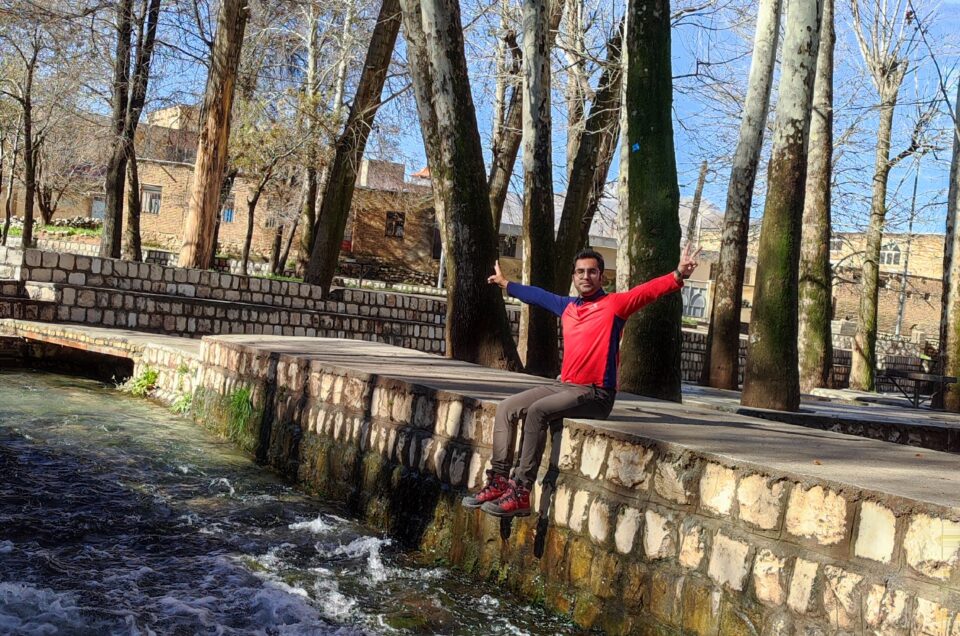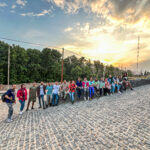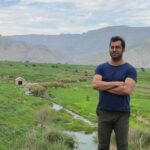Lordegan is the central city of Lordegan County in Chaharmahal and Bakhtiari Province. Its inhabitants are predominantly Bakhtiari Lur people who speak the Bakhtiari Luri dialect.
Geography:
Geographical Location: Situated in a relatively flat plain amidst the Zagros mountain range, the city of Lordegan boasts lush oak forests in its vicinity. Additionally, it’s home to various trees such as Persian turpentine trees, wild pistachios, locally known as “ban,” among others. It’s worth mentioning that this region is one of the richest in terms of medicinal plants in the country.
From a fauna perspective, Lordegan is rich in biodiversity, hosting species ranging from partridges (locally known as “kog”) and wild goats to leopards, bears, wolves, foxes, and many others. According to locals, in the past, mountains in this area, like Mount Rig, were also home to leopards.
Unfortunately, recent years have seen adverse climatic conditions, drought, construction of numerous dams around the county such as Karun and Khersan, overgrazing, deforestation for agriculture, production of oak charcoal, and similar factors leading to rapid degradation of the region’s flora and fauna.
Climate: Lordegan features a semi-humid warm climate with relatively cold winters.
Demographics:
Language: The people of Lordegan speak the Bakhtiari Luri dialect.
Population: According to the latest national census in 1395 (Solar Hijri calendar), the population of this city was 40,528 individuals, residing in 10,482 households. In Chaharmahal and Bakhtiari Province, after Shahr-e Kord, Lordegan has shown the highest population growth among cities.
Tourism:
Barm Spring:
Barm Spring in Lordegan: The bubbling of Barm Spring in the center of Lordegan city has given rise to a tourist attraction bearing the same name. Besides serving agricultural and drinking water needs, this spring is one of the tributaries of the Karun River.
Attractions:
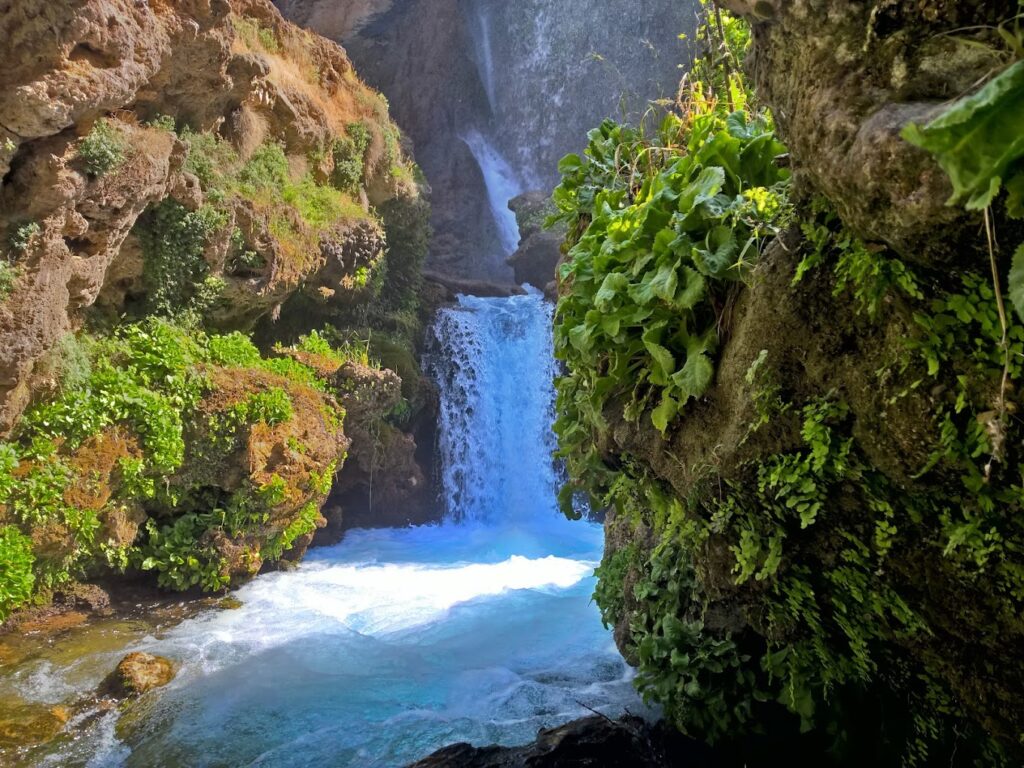
Ateshgah Waterfall: Located 190 kilometers from Shahr-e Kord and 40 kilometers from Lordegan city, Ateshgah Waterfall stretches across a two-kilometer-long valley, earning itself the title of Iran’s longest waterfall. Also known as the “Miniature Waterfall,” it’s one of the natural and tourist attractions of Chaharmahal and Bakhtiari Province. This waterfall originates from one of the sources of the Karun River, named Kheresun River, on the heights of Dena and Central Zagros Mountains in the south of Isfahan Province and north of Kohgiluyeh and Boyer-Ahmad Province. It eventually flows into the calm waters of Karun 3 Dam Lake in Khuzestan Province. The path of this waterfall, from its source to its confluence with the Khersan River, is adorned with various trees and forest plants. Ateshgah cascades into a valley, creating numerous small waterfalls with its heights and lows.
Surrounding Villages and Areas: The villages and areas around Lordegan boast numerous attractions for tourists. Some of these villages include Barz, Shuraz, Kal Gachi, Naghan, and others.
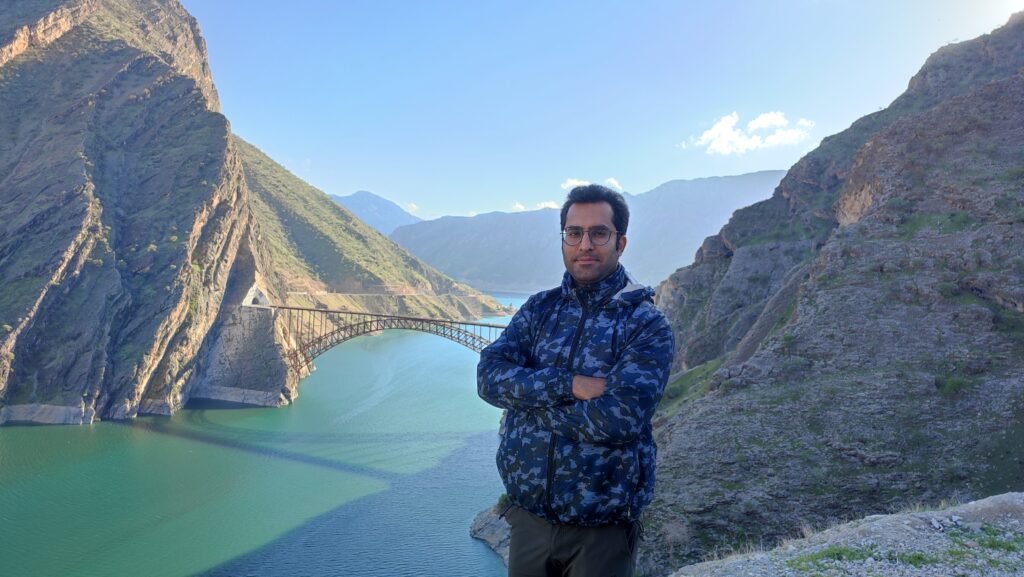
Karun 4 Dam: Iran’s tallest dam, located 40 kilometers from Lordegan, marks a significant landmark in the area.
Sonak River: Sonak River is another natural attraction in this county, particularly appealing to water sports enthusiasts for activities like rafting in its roaring waters.
Economic Aspects: The majority of Lordegan’s market is dominated by Bakhtiari women’s clothing. Local souvenirs include Bakhtiari carpets, rugs, traditional men’s and women’s clothing, handicrafts like “chanteh” (a type of bag), locally made dairy products, medicinal herbs, and local “champe” rice.
This blend of natural beauty, cultural richness, and economic activities makes Lordegan and its surroundings a unique destination for travelers seeking both adventure and cultural immersion.
